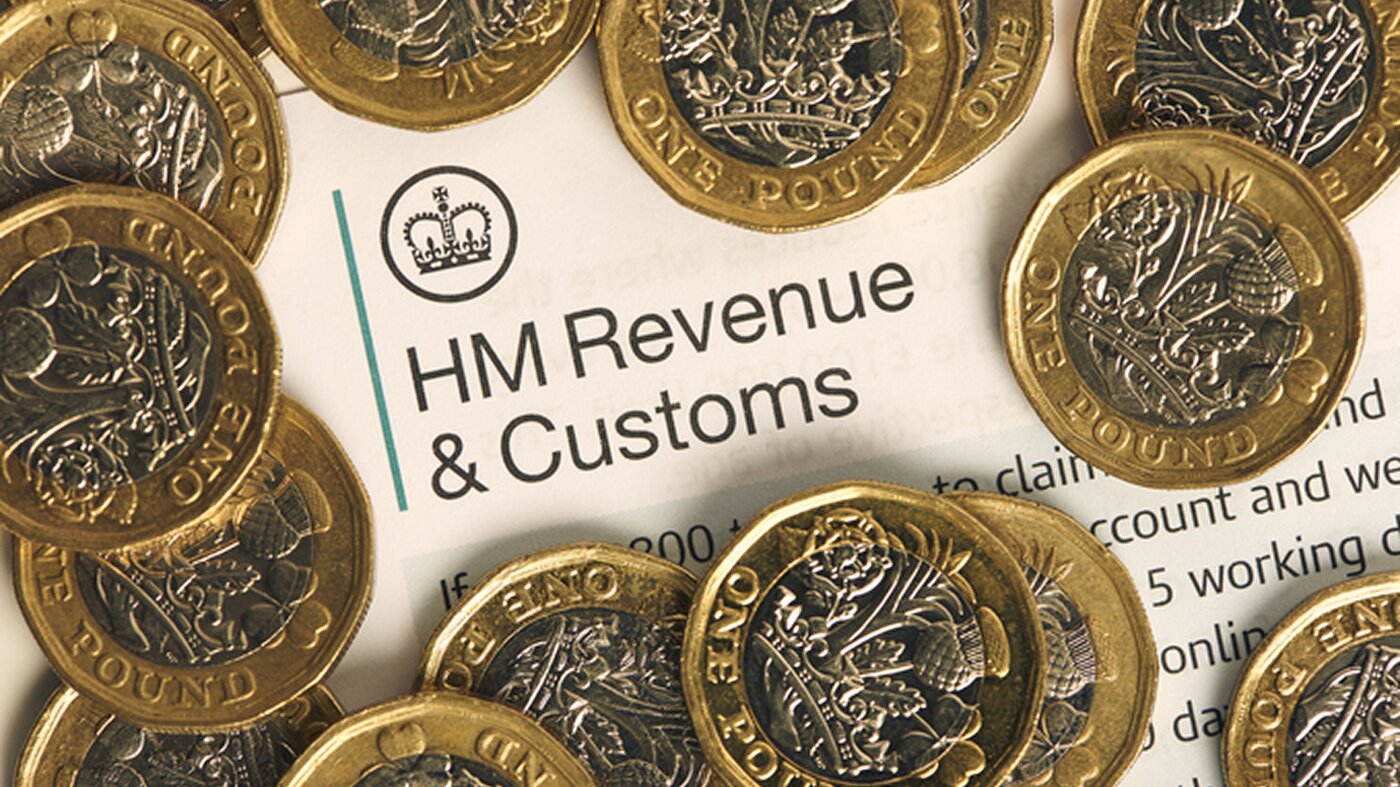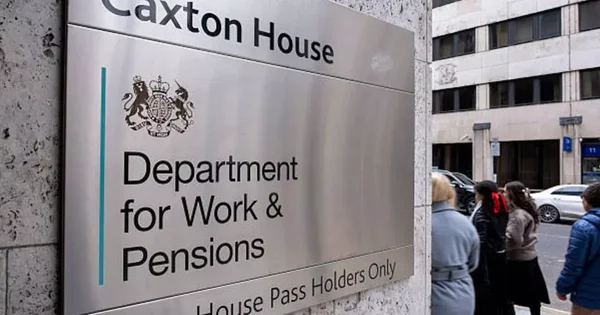HMRC Emergency Tax Codes Causing Unexpected Pay Cuts
Thousands of UK workers could be losing part of their income without realising it, as HMRC emergency tax codes quietly reduce take-home pay. According to new guidance, if your payslip shows a tax code ending in W1, M1, or X, you may be on a temporary or “emergency” code meaning you could be paying more tax than necessary.
The codes, which stand for Week 1 (W1), Month 1 (M1), or X, are typically used when HMRC has not yet received full details about your income or tax history. These codes are designed to prevent underpayment but can result in higher deductions from wages until the correct tax information is confirmed.
How Emergency Tax Codes Work
Emergency tax codes are usually applied when you start a new job, change employers, or begin receiving a company pension. Under these temporary codes, HMRC treats each pay period whether weekly or monthly as though it’s your first, ignoring earlier earnings in the tax year.
- W1: Used for weekly pay periods.
- M1: Used for monthly pay periods.
- X: Used when pay frequency varies or records are incomplete.
While these codes ensure that tax is collected, they often don’t take into account personal allowances or tax already paid, leading to overpayment.
Understanding Tax Codes and Allowances
Each tax code consists of numbers and letters that indicate how much tax-free income you are entitled to before deductions begin. For example, if you have a 1257L code, it means you can earn £12,570 tax-free in the 2025/26 financial year.
Royal London explained:
“The numbers and letters used in a tax code can be confusing, but they provide employers with key information about how much tax to deduct. The last digit is usually dropped from your personal allowance, with a letter added to show any adjustments or circumstances.”
Overpayments and Refunds
HMRC estimates that millions of workers have either overpaid or underpaid tax due to incorrect or temporary tax codes. If you’ve been overpaying, you can claim a refund online through your tax account or by submitting a P800 form once the tax year ends.
Refunds are typically issued within five working days when claimed digitally, though paper applications may take longer to process.
How to Avoid Future Errors
To avoid falling onto an emergency tax code again, make sure HMRC has accurate and up-to-date information about your:
- New job or employer (via your P45 or starter checklist)
- Pension arrangements
- Second income or self-employment earnings
- Marriage allowance or other tax reliefs
Regularly checking your tax code on payslips or through HMRC’s online portal can help you identify issues early and prevent unnecessary income loss.
Broader Implications for UK Workers
With living costs still high and inflation affecting household budgets, even small tax errors can have a big impact. Financial experts warn that millions could be unknowingly overpaying due to outdated or incorrect tax codes highlighting the importance of proactive financial awareness.
Tax specialists recommend reviewing payslips monthly and reaching out to HMRC or an accredited tax adviser if anything looks unusual.
How it can be Solved
Pie helps individuals and businesses manage tax obligations more efficiently through automation, compliance tools, and real-time insights into HMRC updates. By simplifying personal tax management, Pie ensures users stay compliant and never overpay.









